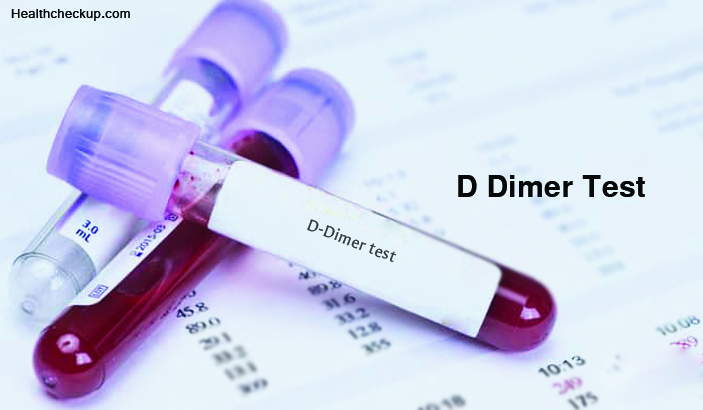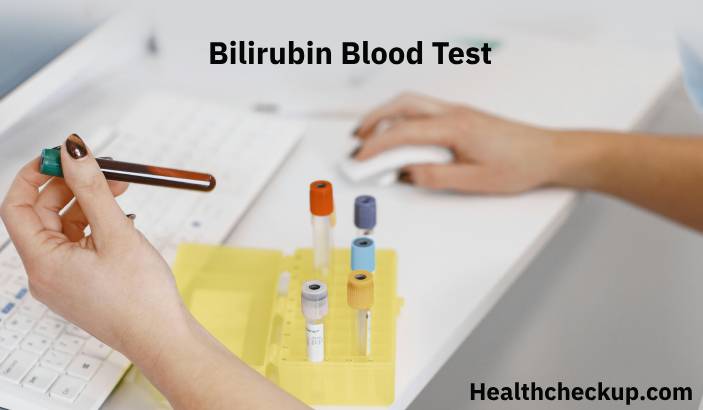Your body takes time for your blood to form a mass if you get a cut. This occurs as a normal healing process; otherwise, your cut will keep on bleeding, and it will develop into a more serious problem. If the bleeding stops, you no longer need the mass anymore.
This is then carried into another direction where it is broken down. But, some substances are left and remain floating in your blood. These substances or leftovers part of a protein called D-dimer and to determine this, you need to take the D dimer blood test.
What Is A D Dimer Lab Test?
This test is used to measure the amount of D dimer in your blood as indicative of whether or not you have a blood clot. D-dimer is a protein formed after the fibrin is being degraded within the vascular system.
Why Is A D Dimer Test Done?
D dimer test is done to understand the clotting episodes as well as to diagnose related to this occurrence. The D dimer test can evaluate numerous medical conditions, as well as determine the presence of a deep vein thrombosis or pulmonary embolism.
[Also Read: How to test pulmonary embolism]
A person who manifests symptoms of a blood clot or other conditions that can cause blood clots, such as deep vein thrombosis or pulmonary embolism, may be required to undergo a d dimer test. Symptoms of a blood clot include leg pain, leg redness, and leg swelling. You may also experience coughing, trouble breathing, fast heartbeat, sweating, fainting, and chest pain.
D Dimer Test Procedure
D dimer test does not require any preparation as this can be done at any random time of the day. A blood sample is merely drawn from your vein. Your healthcare provider uses a thin needle to extract blood. Just like any other blood extraction procedure, you will feel a sting or a pinch once the needle goes in.
D Dimer Test Normal Range
The normal range of D dimer may vary among different laboratories. But your doctor will make you understand what the results mean. Usually, the reference value to know the normal range of your D dimer level is less than or equal to 500 ng/mL Fibrinogen Equivalent Units (FEU).
If the D dimer result is negative, it means normal. The D dimer level is negative if it is below the reference value mentioned above. A negative or normal result may mean that a person is not suffering from a serious condition that causes clot formation.
D Dimer Range For DVT
A positive result means that you have abnormal levels of D dimer in your body. High levels of fibrin degradation products may be an indication that a blood clot may be formed or broken down in your body. This test, however, does not tell which part of the body has a blood clot or what the cause of the same is.
A positive D dimer result may be due to venous thromboembolism (VTE). If the result is very elevated, then it may be disseminated intravascular coagulation (DIC).
How Accurate is A D Dimer Blood Test?
A negative or normal result in a D dimer test is considered as accurate by health practitioners for those individuals who are at low or moderate risk for thrombosis or blood clots. On the other hand, elevated levels of D dimer do not necessarily mean the presence of a blood clot. This is because other factors can contribute to an increased level of D dimer. Individuals who have just gotten a recent surgery, infection, heart attack, trauma, or some cancers may normally have elevated levels of D dimer.
If the risk of an individual to pulmonary embolism is high, a D dimer test is not useful. Besides, you don’t need to perform this test. Your healthcare provider will require further testing to have a more definite diagnosis. Since D dimer has a poor specificity, this is only done as an adjunct test, and it should not be used to confirm a diagnosis.
Conclusion
A D dimer test is useful to know whether or not you have a serious blood clot. But, it does not indicate the exact location of the blood clot. This test may be useful if your risk of getting a blood clot is low; otherwise, you need to take further tests. Besides, this is usually used as an adjunct test to confirm the diagnosis of a certain condition.
Doctor, author and fitness enthusiast, Ahmed Zayed, MD, is a surgery resident with a passion for helping people live a happy healthy life. He is the author of numerous health-related books and contributor to several medicine, health and wellbeing websites.








